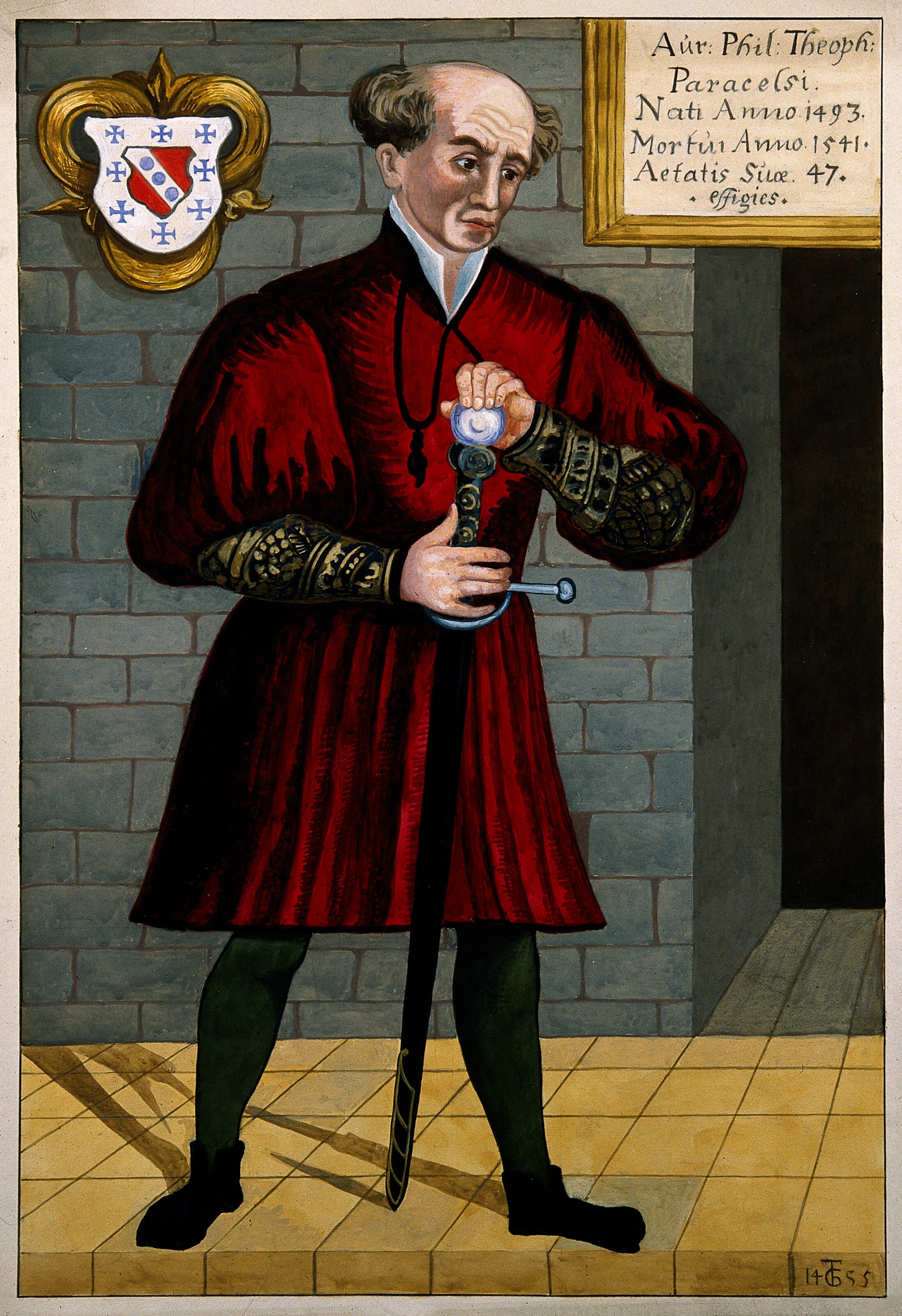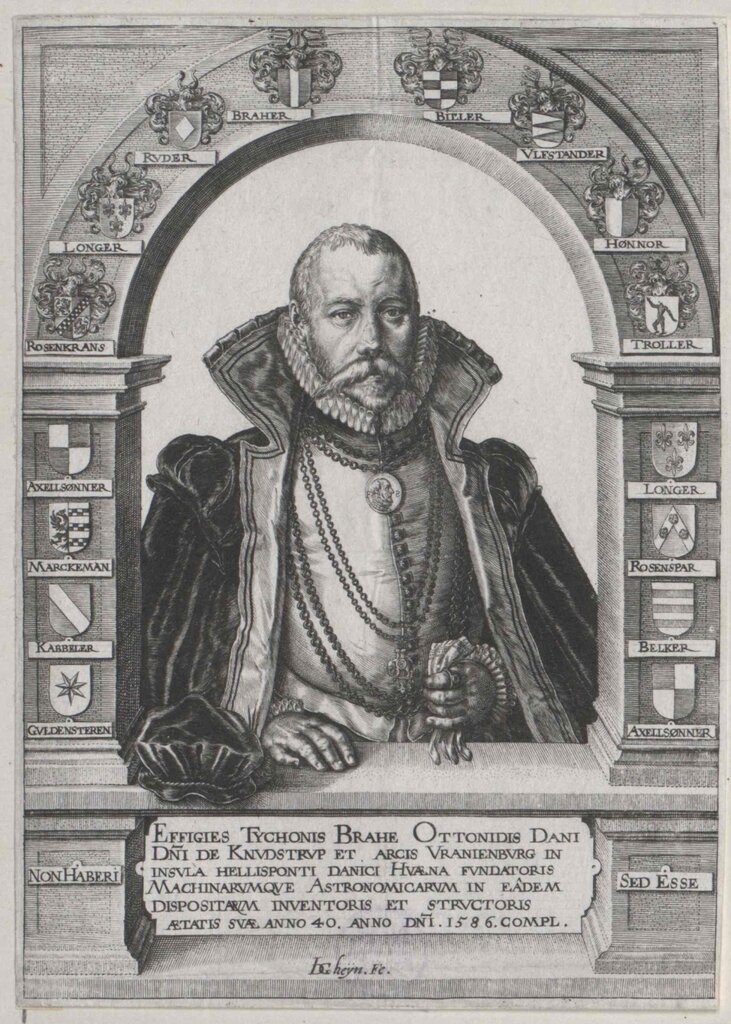Only a few years before Jan Hus was born, the Middle Ages came to a close. The term "Middle Ages" is used by modern scholars to reference a specific period in history. It began roughly with the collapse of Roman civilization around the 5th Century CE to the Renaissance. There are a few conflicting starting points for the Renaissance period. Depending on the location in Europe, the Renaissance started around the 13th, 14th, or 15th Centuries.
The reader needs to note that though we use these terms in modern scholasticism, those living through the Middle Ages and the Renaissance saw things differently. Most saw these times as a revival in Classical learning and wisdom. These innovative ideologies surged throughout Europe after a long period of cultural decline and stagnation.
A global pandemic plagued the conclusion of the Middle Ages; much like the Coronavirus, the Black Plague spread through most of Europe and Asia with ease. Commonly referred to as the Black Death because of the sickly black boils that protrude from the afflicted person's flesh. The sickness spread viciously through cargo ships that came to port, infecting the crew and then the townspeople. It spread by direct contact with the afflicted and even by touching something they had touched. While not a direct result that led to the Renaissance, this dark period of quarantine and death is a beacon of hope for those of us currently living through a global pandemic.
During the Renaissance, there was a powerful boom in creative and intellectual thought. Here are some things that the Renaissance is well known for, and the incredible innovations the time period brought to the world:
The School of Athens (1509 - 1511) by Raphael.
Journeymen and cartographers explored new continents,
The Copernican astronomical system was changed over to the Ptolemaic,
There was a dramatic decline in the feudal system, and a huge growth in commerce,
Paper and the use of the Printing Press became popularized,
The Mariner’s Compass came into existence,
And gunpowder made its way from Asia into Europe.
The Renaissance also cultivated some of the world's greatest artists, architects, astronomers, mathematicians, philosophers, and theologians, such as:

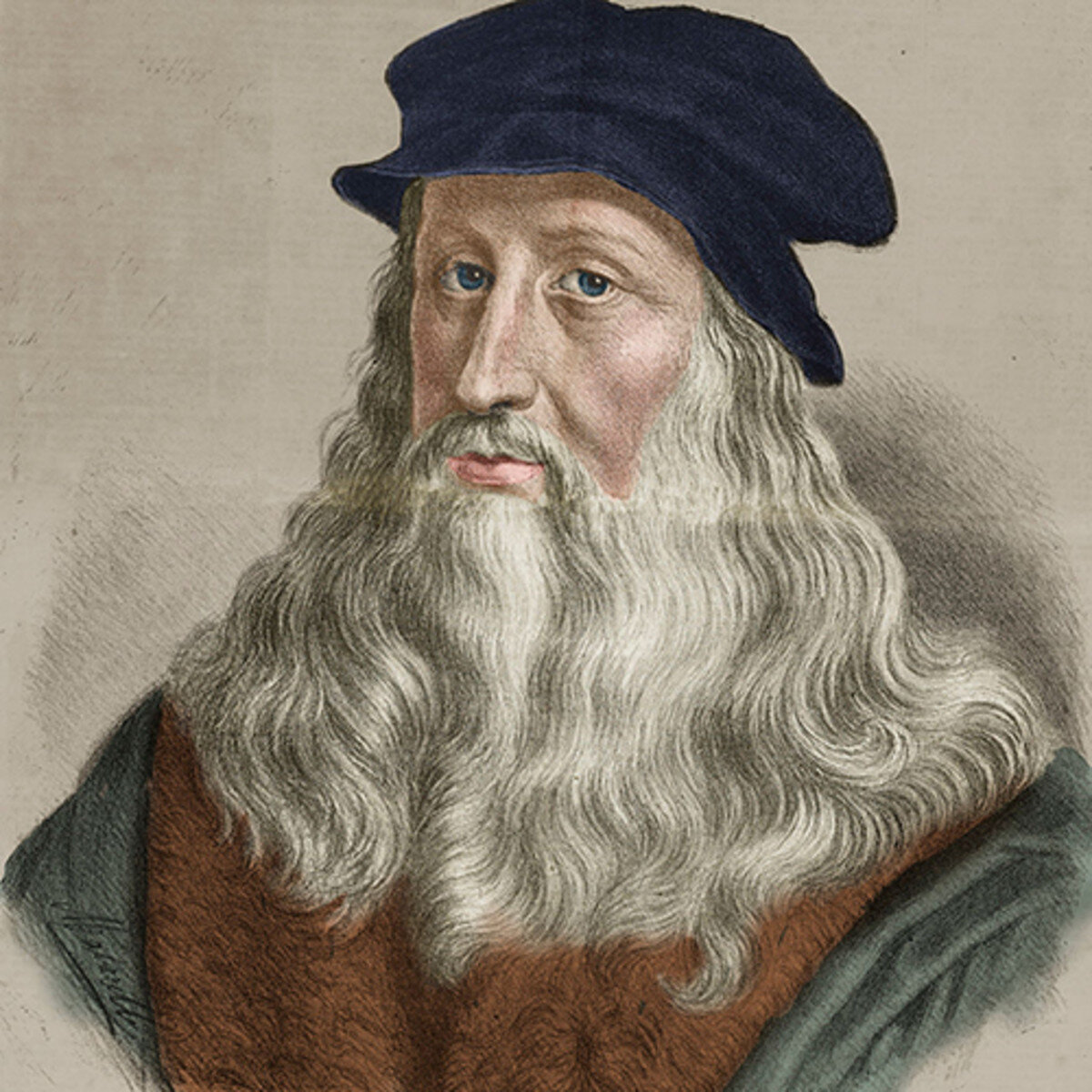

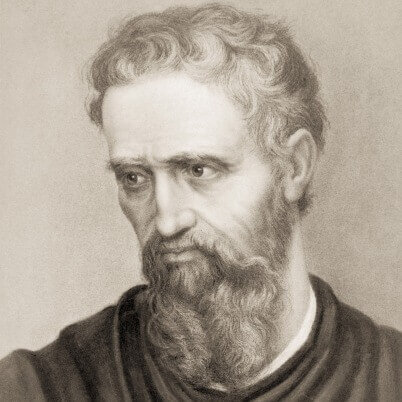
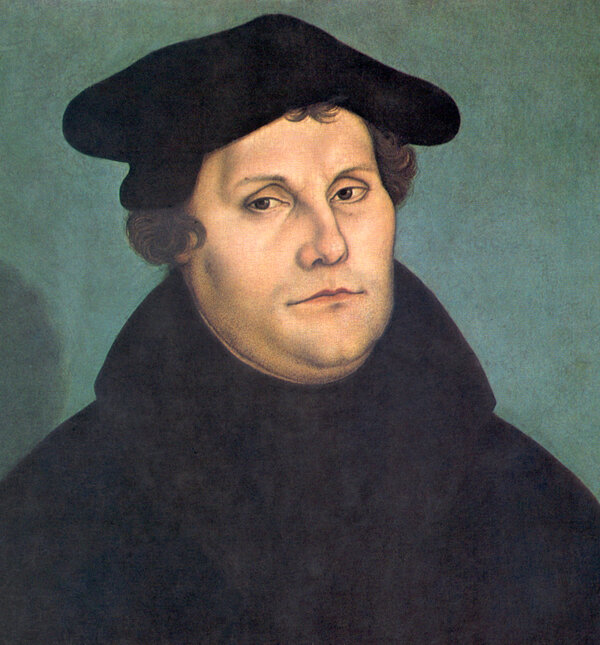


One such theologian was part of the Renaissance surge in Church reform. Most commonly known for his association with the Hussites, Jan Hus was a Czech theologian and philosopher. He was born to a low-income family circa 1372 in Husinec, Kingdom of Bohemia, in the Holy Roman Empire. Like many living at the time, one of the only ways to change one's economic status was to either get an education or join the priesthood.
From a young age, Jan Hus traveled around Prague to sing and provide his services to various churches. Eventually, Jan Hus went on to the University of Prague. He graduated and continued his education to receive his Master's degree; he became the Dean of the Philosophical Faculty at the university in 1401.
History scholars and theologians considered him to be a "Renaissance Philosopher," which is the term used to describe the period of thought in Europe between 1355-1650. Hus was a priest who deviated strongly from the Catholic Church. He openly criticized the Catholic Church in Bohemia on such topics as Ecclesiology, Simony, and the use of the Eucharist.
Jan Hus became a strong influencer on the Czech Church reform movements and was one of the predecessors of Protestantism. Because of Jan Hus's reformation attempts, Christianity's Protestant faction has become one of the largest fragments in the faith, second only to Catholicism. For his efforts to reform the Church doctrines, Jan Hus was excommunicated and stripped of his rank. Removed from the clergy and threatened by the Church, Hus lived the following two years in exile.
The Council of Constance, a 15th Century euceminal council, recognized by the Catholic Church, called for Jan Hus to come before them. Upon his arrival, Hus was immediately arrested and thrown in prison. There were many opportunities for Hus to recant his views and claim them to be as sinful as the Church claimed them to be. When he refused to recant, Jan Hus was sentenced to death and burned at the stake on July 6th, 1415.
His death sparked outrage in his followers and immediately led to a struggle to gain significant military might amongst the Hussite Christian reformers. Hus's views were seen as heretical by the Catholic Church, but he was something of a revolutionary to his followers. He was an advocate of feminism and believed that women were also given rights in the bible; they too were created in God's image. It's rumored that Hus allowed women to preach and even serve in battle. Many female Hussite followers would take up arms in the Hussite Wars (1420 - 1434).
Jan Hus's views predated Martin Luther's and are even claimed to influence Luther's Protestant reformation movement. It seems, though, that ideas of reformation were gaining traction all over Europe. Jan Hus influenced Martin Luther in specific ways, and Jan Hus was influenced by an English theologian named John Wycliffe. Their ideologies aren't an exact match, but they do overlap in a particular area. They all believed that the Church was corrupt in how it used its power and the posh luxurious lifestyles of the clergy, while the community suffered incredible poverty. The Church was capable of doing immense good, provided they forsake some of their luxuries and political power.
The Hussite Wars began just five years after Jan Hus's execution. His devout followers were referred to as the Hussites. Even before the war started, the Czech Proto-Protestant Christian Movement had gained great infamy for their plundering behavior. The disdainful mark left on the clergy after Hus's execution emboldened the Hussite reform movement. They took out their anger on the Church, specifically the priests and monks, and had a strong distaste for the monastic lifestyle.
The Hussites continued the teachings of Jan Hus throughout the Hussite Wars, with some of the more radical factions leaning on Wycliffe's harsher views of the Church. Christian Hussites seemed to be outnumbered by their opposing forces. They fought against the combined power of the Christian Catholics, the Holy Roman Emperor Sigismund, the Papacy, European monarchs loyal to the Catholic Church, and various Hussite splinter factions.
Ultimately the wars were fought to preserve a semblance of religious freedom in Bohemia and the people's choice to back away from papal teachings. Suppose one were to disagree with the Catholic Church's doctrines and wished to reform the noticeable corruption within. In that case, one should have the freedom to do so. The Hussites were able to fend off five consecutive crusades led against them. Though the Hussites seemed on the road to victory, the Catholic Church's power and the Holy Roman Empire eventually proved to be too much for the revolt.
In the next article, we will go more in-depth on the details surrounding the Hussite Wars, the crusades led against them, and one of the most extraordinary military leaders in Czech history: Jan Žižka.
Written by James Lemons





